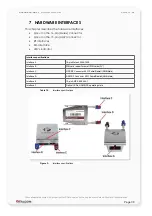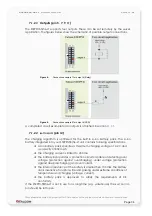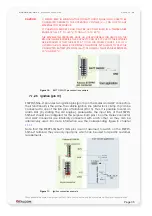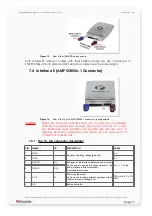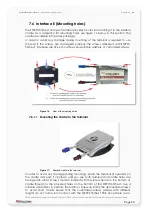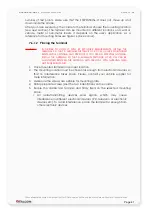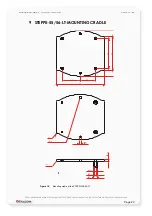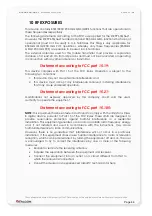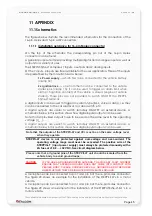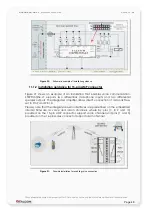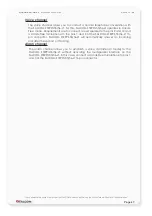
STEPPII-55/56-LT H
ARDWARE
DESCRIPTION
V
ERSION
1.01
10 RF EXPOSURES
This device contains 850/1800/1900 MHz GSM/GPRS functions that are operational in
these frequencies respectively.
The following statements according to the FCCs are applied for the STEPPII-55/56-LT.
However, the STEPPII-55/56-LT terminal contains 1800 MHz GSM functions that are not
operational (must not be used) in U.S. Territories. This filing is only applicable for
850MHz GSM/1900 MHz PCS operations, whereby only these frequencies (850MHz
GSM/1900 MHz PCS) are possible to be used in U.S. Territories.
The external antennas used for this mobile transmitter must provide a separation
distance of at least 20 cm from all persons and must not be co-located or operating
in conjunction with any other antenna or transmitter.
Statement according to FCC part 15.19:
This device complies with Part 15 of the FCC Rules. Operation is subject to the
following two conditions:
1. this device may not cause harmful interference, and
2. this device must accept any interference received, including interference
that may cause undesired operation.
Statement according to FCC part 15.21:
Modifications not expressly approved by this company could void the user's
authority to operate the equipment.
Statement according to FCC part 15.105:
NOTE:
This equipment has been tested and found to comply with the limits for a Class
B digital device, pursuant to Part 15 of the FCC Rules. These limits are designed to
provide reasonable protection against harmful interference in a residential
installation. This equipment generates, uses and can radiate radio frequency energy
and, if not installed and used in accordance with the instructions, may cause
harmful interference to radio communications.
However, there is no guarantee that interference will not occur in a particular
installation. If this equipment does cause harmful interference to radio or television
reception, which can be determined by turning the equipment off and on, the user
is encouraged to try to correct the interference by one or more of the following
measures:
•
Reorient or relocate the receiving antenna.
•
Increase the separation between the equipment and receiver.
•
Connect the equipment into an outlet on a circuit different from that to
which the receiver is connected.
•
Consult the dealer or an experienced radio/TV technician for help
This confidential document is a property of FALCOM and may not be copied or circulated without previous permission
.
Page 44

